
Priscilla Valdez | Content Specialist
Priscilla Valdez is a content specialist at Utilimarc. She has over a decade of experience storytelling and copywriting in various industries. She enjoys sharing industry insights through writing that is compelling and dynamic. She is an avid traveler and foodie, so when she’s not working you can find her hunting down cheap flights or browsing the New York Times Cooking section.
Connect with Priscilla:
Posts by Priscilla:
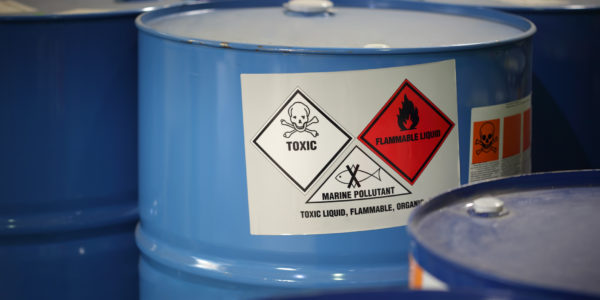
Nuclear power suppliers today face a challenge that has remained unresolved for decades: nuclear waste. This waste can remain radioactive for hundreds of thousands of years and can contaminate the environment if not disposed of properly.
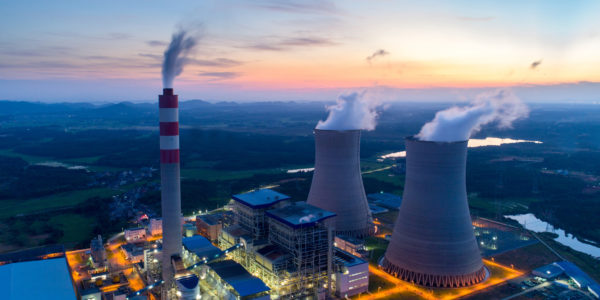
While fleets are concerned with the procurement of EVs, energy suppliers are concerned with ensuring the grid can even support such a large increase in demand. The US Department of Energy estimates that electricity consumption could go up by 38 percent by 2050 due to the transition to EVs. The challenge now is generating enough clean energy to support this change.

Alternative fuels are on the top of many fleet managers’ minds these days. Fleets are exploring new ways to get the job done while remaining operationally efficient, cost effective and sustainable. As a result, many managers are introducing a mix of electric, hydrogen, and natural gas-powered vehicles into their fleet to work alongside traditional gas and diesel ICEVs.
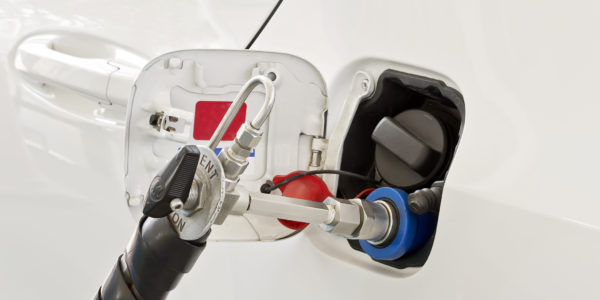
As EV production struggles to keep up and delivery dates keep being pushed back, many fleets are left wondering whether their sustainability goals are even feasible in the immediate future. One potential solution is the use of natural gas to power light- to heavy-duty vehicles.
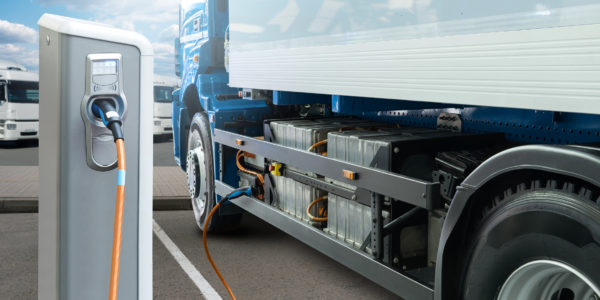
Charging infrastructure is a crucial element of electrification that many leave as an afterthought to EV adoption. Installation of EV infrastructure can take up to months, and fleet managers must consider their charging strategy, budget, available space and the infrastructure company they will work with.
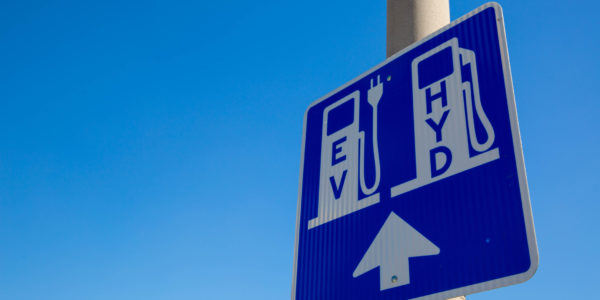
For those opting to phase out ICEVs, the go-to alternative is typically electric vehicles. However, another technology being explored and invested into is hydrogen-powered vehicles (FCEVs).

Santa Monica’s Zero Emissions Delivery Zone is the first LEZ in the country. The initiative targets last-mile delivery vehicles and is pushing for electrification and micromobility in last-mile delivery.

There is more internal and external pressure than ever before for organizations to make their practices sustainable and to find different ways of doing so. This can mean something different for each distinct organization, especially when it comes to how they approach it.
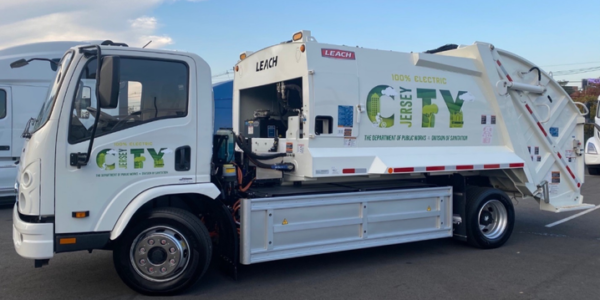
Jersey City is set to build the first self-sustainable municipal microgrid in the country that will power the city’s EV fleet and electric refuse trucks and save taxpayers over $21 million over 20 years.
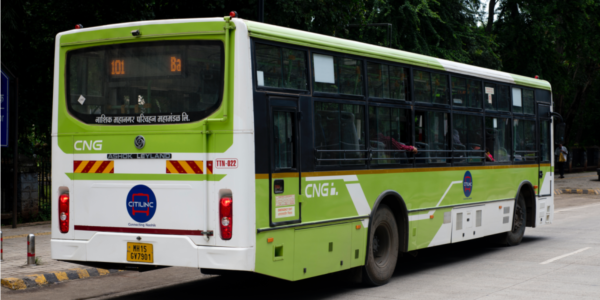
Natural gas is the fastest growing fossil fuel of the past decade and is becoming an increasingly popular alternative to diesel and gasoline.